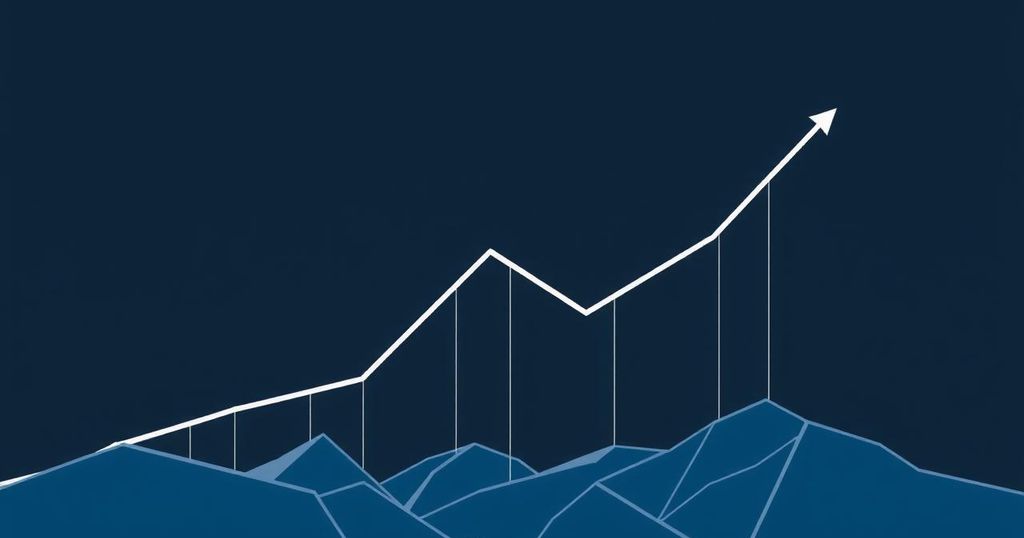Uniswap Price Crash: Understanding the Bear Market Dynamics
Uniswap’s price has taken a dramatic tumble recently, dropping well into bear territory. This article explores the factors behind its significant decline.
Uniswap Price Takes a Major Hit
The price of Uniswap (UNI) has plunged into a bear market, having plummeted by over 20% from its peak in May this year. On Saturday, July 5, it was trading at a meager $6.95, a stark contrast to last November’s high of $20. This drop in price has also corresponded to a dramatic fall in the market capitalisation of Uniswap, now sitting at $4.8 billion, significantly down from its previous high of over $10 billion from the last year.
Broader Market Trends Affecting Uniswap
This sharp decline in price mirrors a broader sell-off seen across the altcoin market. In fact, the total market cap for cryptocurrencies, barring Bitcoin (BTC), Ethereum (ETH), and stablecoins, has seen a nearly 30% decrease this year. Many analysts point to the ongoing grim sentiment in the market as a contributing factor to Uniswap’s woes, indicating that bearish forces are at play across various platforms.
Competition Intensifies in DEX Market
One potential reason driving Uniswap’s price decline is its erosion of market share within the decentralised exchange (DEX) industry. Recent figures indicate that Uniswap’s trading volume over the past 30 days stands at around $80 billion, which is dwarfed by PancakeSwap’s staggering volume of $160 billion. The competition isn’t letting up either, with emerging protocols like Hyperliquid showcasing an impressive volume of over $220 billion during the same timeframe, posing a serious threat to Uniswap’s dominance.
Investor Sentiment Turns Bearish
Furthermore, on-chain data highlights a concerning trend among investors. The supply of UNI tokens available on exchanges has increased significantly, climbing from a low of 69 million to 84.6 million, suggesting a rush of holders looking to offload their assets. This spike in exchange balances often signifies a bearish sentiment as investors increasingly dump their coins. Moreover, the waning supply of UNI owned by ‘whales’—large holders in the market—also compounds the negative outlook. Currently, whales hold about 723 million coins, a notable reduction from 824 million in January, further indicating their lack of confidence in the asset’s prospects.
Technical Analysis Shows Bearish Indicators
Technical analysis of Uniswap’s price chart unveils additional grim insights. After witnessing a staggering fall from its November 2022 height of nearly $20, UNI has hovered around $6.98 recently. The latest pullback follows its dip to a year-to-date low of $4.7, with analysts now cautioning about a potential bearish flag pattern formation. This pattern typically hints at further downward movement, and if this trend continues, many are now eyeing the crucial support level at $4.70 as the next major point of interest. Conversely, any upward movement past the resistance mark of $8.6 would invalidate the current bearish expectations.
Summary of Uniswap’s Current Scenario
In summary, Uniswap’s fall from grace serves as a stark reflection of the tumultuous state of the cryptocurrency market. From increased competition within the DEX space, to bearish investor sentiment and worrying technical trends, all indicators are pointing to a challenging landscape for UNI going forward. Unless there is a significant turnaround, it looks like the bear is here to stay, at least for the near term anyway.
In closing, Uniswap’s price has been adversely affected by a combination of factors. The loss of market share, significant whale selling, and the overall negative sentiment in the broader cryptocurrency market all contribute to the current bear market narrative. Unless Uniswap can find a way to reclaim its footing against fierce competition, the outlook remains grim for the token’s future value.




Post Comment